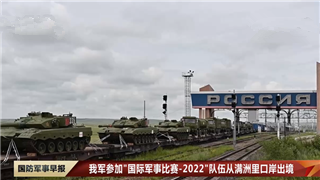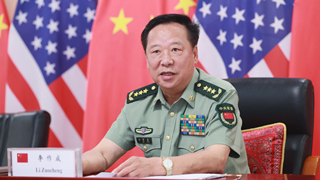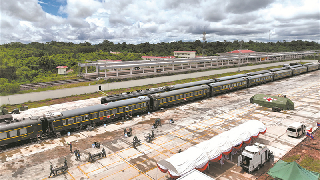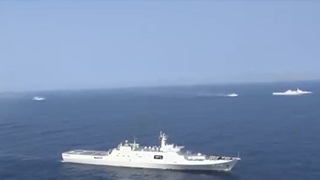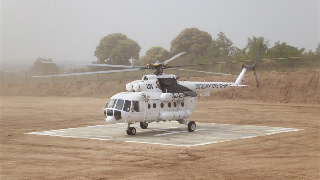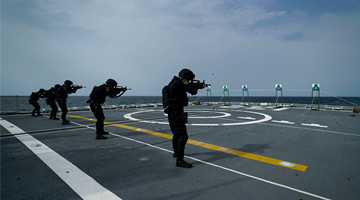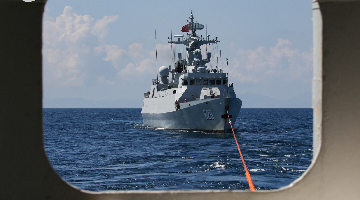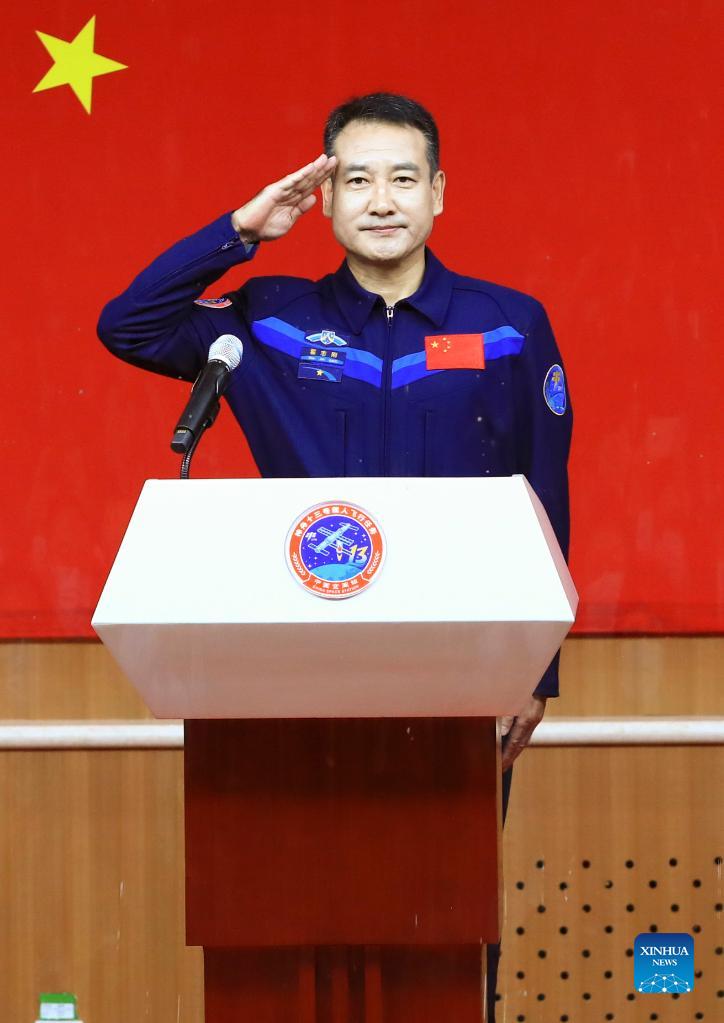
by Xinhua writers Wang Chenxi and Li Guoli
JIUQUAN, Oct. 15 (Xinhua) -- China is all set to launch Shenzhou-13 manned spaceship on Saturday, with the country's first spacewalker Zhai Zhigang as one of the three crew members.
Struggling to open the door, waving to the camera, holding up the national flag, handing the test sample to his colleague and hobbling back to the module...the images from September 2008 are still fresh when Zhai completed China's first spacewalk during the Shenzhou-7 mission.
His 20-minute stay in outer space was broadcast live as millions of Chinese on Earth witnessed the momentous occasion.
It took Zhai 10 years of effort to accomplish the 20-minute spacewalk since he became an astronaut. Born in 1966, Zhai joined the People's Liberation Army Air Force in 1985 and clocked over 1,000 hours of safe flight. He became a member of the first batch of Chinese astronauts in 1998.
Born in a farmer's family in northeast China's Heilongjiang Province, Zhai is the youngest of six children. He is accustomed to facing challenges and is perseverant since childhood.
After becoming an astronaut, he learned basic theories of aerospace medicine, geography and meteorology, advanced mathematics, and automatic control, and completed nearly 100 training subjects in just five years to qualify for space missions.
Zhai entered the final candidate list both in Shenzhou-5 mission in 2003 and Shenzhou-6 mission in 2005, and became one of the three Shenzhou-7 crew members.
Unlike the first two missions, Zhai's first space mission came with the first extravehicular activity (EVA) for Chinese astronauts. The astronaut training center has installed three new ground training equipment, including a water tank that simulates a weightless environment, a low-pressure cabin and an EVA program simulator.
Zhai and his colleagues conducted simulating weightlessness training under 10 meters of water in training suits weighing more than 160 kg, three to four hours each time.
"Every time I floated to the surface after training, I was so exhausted," he recalled. "My training suit was full of sweat, and I found it difficult to hold chopsticks while eating."
But the real challenge came when Zhai was launched into space. Under Liu Boming's assistance, Zhai opened the hatch of the spaceship's orbital module, while Jing Haipeng monitored the spaceship inside the re-entry module.
When Zhai was stepping out, a fire alarm rang out in the orbital module. After a thorough check of the spaceship, the astronauts found no trace of fire on board. They decided to carry on the EVA anyway.
After Zhai exited the spaceship, Liu handed China's national flag to Zhai. The historic moment of Zhai waving the national flag and saying hello to the people of China and the world became the highlight of the mission.
It was later found to be a false fire alarm, caused by a sensor error. But at that critical moment, Zhai and his teammates were ready to risk their lives.
"I had eye contact with Liu, and we made up our mind that even if we couldn't go back (to Earth), we must ensure that the five-star red flag flies in space," Zhai said.
Huang Weifen, chief designer of the astronaut system in China's manned space program, said, "Zhai is mentally strong and good at handling emergencies."
"I was afraid of death, too. But when I opened the hatch of the orbital module, all I had in mind was the mission," Zhai said in a conversation with Hong Kong primary and secondary school students when he visited the city with a Shenzhou-7 mission delegation in December 2008.
Thirteen years after his first spacewalk, the 55-year-old veteran will return to space.
"I had prepared for ten years to carry out the Shenzhou-7 mission, and it has been another 13 years since then. My love for flying, my love for my profession, and my love for the aerospace industry of my motherland have been inspiring me," he said when meeting the press Thursday at the Jiuquan Satellite Launch Center in northwest China.

